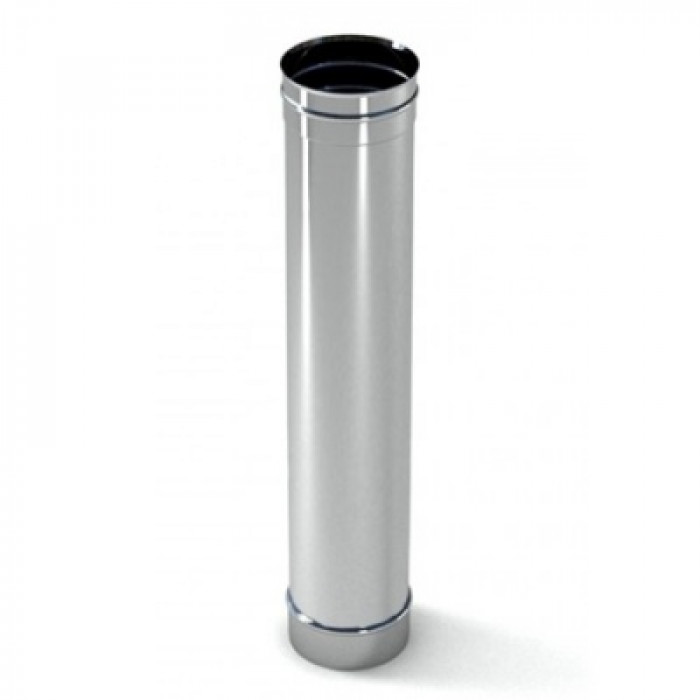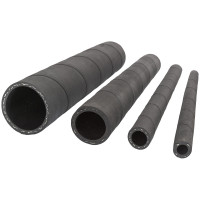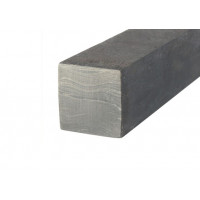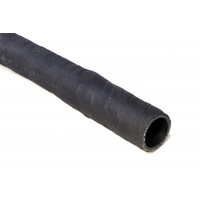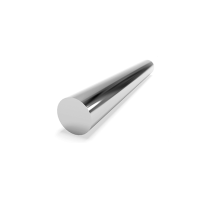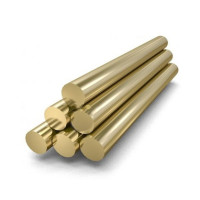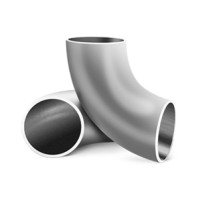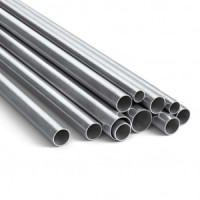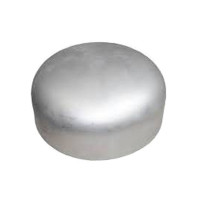Bila Tserkva chimney, components, stainless steel, galvanized, with insulation, production
The chimney is needed to remove the gases formed after the combustion of firewood, to supply oxygen to the furnace. If it is assembled incorrectly, it can lead to filling the premises with smoke, increasing the risk of fire. In order for the system to turn out to be of high quality, it is important to correctly perform installation work, to select pipes for the chimney. They are made from different materials, each of which has its own strengths and weaknesses.
Types of structures
In any private house where there is a fireplace, you need to install a chimney. First you need to decide how it will be located indoors, draw up a drawing of the pipeline, select the type of pipe.
cast iron
A cast iron chimney is a popular alternative to brick structures. The pipeline of their cast iron is cheaper than brick, but this material has fewer advantages than disadvantages. Minuses:
a large mass of individual elements;
the material does not withstand the effects of aggressive acids;
the walls of the tubes quickly burn out;
a large amount of condensate accumulates on the walls, which will drain into the combustion chamber.
Pipelines made of cast iron are short-lived. They are installed to save, reduce overall costs.
Steel
Stainless steel pipes are very popular. They are suitable for systems that are constantly exposed to changing environmental conditions, high temperatures, moisture. Advantages:
high level of tightness.
attractive appearance;
a large assortment;
rust does not form on metal walls;
soot slowly accumulates on the pipes;
low weight, easy installation.
Steel grade 430 is used in the manufacture of external parts of the chimney. Products made of such steel are not afraid of atmospheric precipitation. But for internal parts, such products are better not to use. High temperatures and exposure to an aggressive environment in the form of condensates and acid formations of waste substances destroy steel. The average product life for indoor unit is 2 years.
Steel 409 and 439 is corrosion and heat resistant. Products made from this steel can also be used inside systems, including when masonry as safety sleeves. Titanium, which is part of the steel, under the influence of high temperatures prevents carbon burnout. But the use of parts made of steel of this brand is limited - when using gas and liquid fuel in the system, such a chimney pipe is not suitable.
Steel grades 304, 316L, 316 - stainless acid-resistant. Not suitable for solid fuel systems, but excellent for LPG or gas powered equipment.
Stainless steel grades 316Ti, 321 are considered heat and acid resistant. It is used in the manufacture of parts of systems operating on solid fuels.
Steel 310S is the most reliable and resistant steel in all environments. Not afraid of exposure to acids, heat-resistant and refractory steel is used for the manufacture of chimney pipes for any purpose and for various heating systems.
In addition to the steel grade, when choosing, you should pay attention to the steel class. It can be ferritic or austenitic grade. The main difference is that ferritic products are not suitable for chimney pipes. This design will not last long. It is very easy to distinguish a ferritic product from an austenitic one. To do this, you need a simple magnet. Products made of ferritic steel will be magnetized, while those made of austenitic steel will not.
The wall thickness is also important. A chimney pipe with a wall thickness of 1 mm will be suitable for solid fuel systems. For gas and liquid fuel equipment, the required wall thickness is at least 8 mm.
When installing any selected stainless pipe, all joints must be treated with a heat-resistant sealant. This is necessary to prevent the leakage of carbon monoxide, smoke and soot from the system back into the room.
If installation is carried out with thermal insulation, then the joints of the outer pipe must be fixed with self-tapping screws.
When using a structure with a thermally insulating layer, it is necessary to follow the rule: when several products are joined, the outer pipe must enter the lower one. Conversely, the installation of the internal provides that the lower part of the structure must be included in the upper. Some manufacturers do not follow this moment, therefore, if it is impossible to make the correct installation, the inner pipe is removed, turned over and inserted back into the structure.
Enameled steel chimneys
Main purpose: all heating units.
Modern enameled smoke systems are made from special (carbon) steel and then coated with two layers of heat-resistant enamel on both sides. Such pipes are characterized by exceptional smoothness, which greatly reduces the formation of creosote.
Enamelled chimneys
Advantages:
the ability to withstand high temperatures up to +900 ... +1000С;
very high resistance to acids, alkalis, corrosion, humidity and temperature extremes;
resistance to mechanical wear, ande water and gas impermeability;
simple and clear installation (similar to steel chimneys);
execution options in single- and double-walled versions (“sandwich”);
aesthetic appearance.
Flaws:
relatively high cost per design.
Installation.
Installation of a system of steel sandwich chimneys should be carried out exclusively by a professional master! Despite the apparent simplicity, there is a certain technology for the assembly and installation of steel chimneys, the violation of which leads to sad consequences. All elements of this chimney system, fasteners, passages of interfloor ceilings, installation and fastening of the chimney on the roof, etc. are supplied by the manufacturer or are completed by the master stove-maker, depending on the specific chimney system.
As mentioned at the beginning, steel sandwich chimneys are also a good solution for the chimney system of traditional brick ovens and cains, when it is necessary to either unload the foundation, or when the design of the house does not allow for a straight brick chimney.
It is also necessary to note one important feature of the chimney system made of steel sandwich pipes - mobility! If necessary, it can be dismantled, assembled, extended, reconfigured, added branches and bends, or assembled in any other place without any problems. This procedure is not done often, but in some cases this function can be very useful. The chimney is made of galvanized metal and stainless steel. A conical cap is attached to the outside of them to prevent moisture from getting inside the stove or fireplace. A properly assembled ventilation system for the stove will protect you from fire and smoke inside the house. A chimney made of cast iron pipes is short-lived, these pipes become covered with soot and crumble over time. A brick chimney is very reliable and requires a master to build it correctly. It requires periodic cleaning with a special brush on a wire. There is also a chimney system in the form of several pipes that are placed one inside the other and are called a sandwich. The installation of such a system should be entrusted to professionals. Less soot accumulates inside stainless steel pipes and they will serve you for many years. Steel 310S has proven itself very well. Due to its heat resistance and refractoriness, it is not afraid of an aggressive environment and moisture. Chimney pipes made of such steel are extremely reliable. The thickness of the chimney pipes should be at least eight millimeters. When installing chimney pipes, all joints must be carefully treated with heat-resistant sealant to prevent carbon monoxide leakage. When joining pipes, the outer pipe must enter the lower one; this is an extremely important rule to remember when installing chimney pipes. Enameled chimneys can withstand temperatures ranging from nine hundred to one thousand degrees Celsius. They are covered with an additional layer of heat-resistant enamel on both sides. They are very resistant to various acids and corrosion. They have a very attractive and aesthetic appearance. The only downside is that such pipes are very expensive. Externally, chimney pipes are often painted to match the color of the roof. They can be not only round but also square. The chimney pipe system has another interesting advantage - it is very mobile. The pipes in such a system can be easily reassembled and disassembled. If you want to assemble a new stove or fireplace at home, entrust this matter to a stove-maker, a professional in his field. He knows how to properly install a ventilation system for a stove made of chimney pipes and will be able to correctly select the size of the future stove or fireplace for heating the entire house. He will also be able to replace the old brick chimney with a new one made of high-quality enamel pipes, if necessary.
No questions about this product, be the first and ask your question.

